The foot and ankle in the human body function together in providing balance, stability, movement, and propulsion. The ankle joint is a hinge type of joint. The calcaneous or heel bone and the talus bone join to enable rotation of the foot at the ankle. The principal movements of the foot include inversion and eversion. Movements involving the toes are dorsiflexion and plantar flexion. Foot and ankle problems most commonly occur as a result of trauma.
During the physical examination, your doctor collects information about your symptoms and activity restrictions. Then your doctor will begin the physical examination by examining your gait. You will be asked to take a few steps forward and come back during which the symmetry of your gait will be observed. Also, the height of each step taken will be noticed, increased height suggests a condition called ‘foot drop'. Your doctor may look for abnormal patterns of wear in the sole of your shoes.
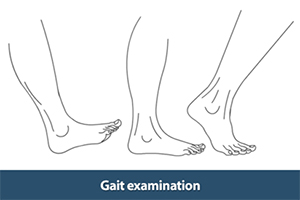
General inspection is done while you are in a standing position. Your doctor observes from behind to check for heel alignment. Observation from the side is done to look for the longitudinal medial arch in the midfoot. A flattened arch may be seen in a condition called pes planus or flat foot.
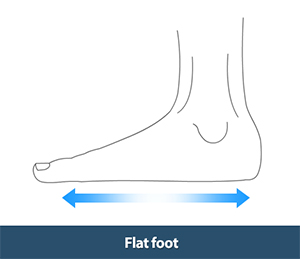
Your doctor will also examine the foot and ankle area for scars, swelling, bruises, callus formation and nail defects. The toes are also examined for misalignment or any deformities.
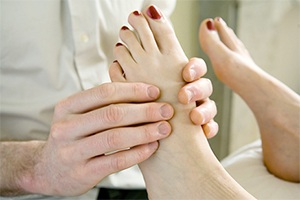
The next step in physical examination of the foot and ankle is palpation or feeling for abnormalities, tenderness or warmth in the ankle joint. Certain conditions can be identified by eliciting tenderness while palpating in a particular area. Tenderness on gentle compression of the forefoot may indicate presence of a condition called Morton's neuroma. The pain felt at the first metatarsophalangeal joint may suggest hallux rigidus.

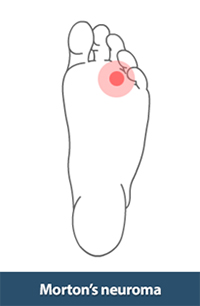
The range of movements at the foot and ankle are tested by your active participation and also passively by your doctor.
Active movement: You will be asked to perform movements such as plantar flexion and dorsiflexion at the ankle joint and inversion and eversion of the forefoot in order to assess them.
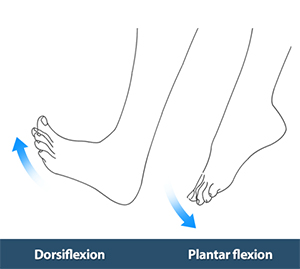
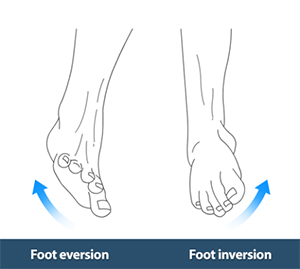
Passive movement: To assess movements such as ankle dorsiflexion and plantar flexion, your doctor will hold the heel in the palm of the left hand with the thumb and index finger placed on the malleoli. Then the foot is taken through its range of movement. The normal ranges of dorsiflexion and plantar flexion are 15 degrees and 45 degrees respectively.
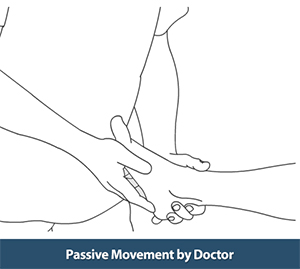
To check for foot inversion and eversion, the foot is placed in dorsiflexion and your doctor moves the heel into inversion and eversion. This movement can also be assessed while you are lying face down on the table with the knee bent. The normal range of inversion and eversion are respectively 20 degrees and 10 degrees.
The midtarsal joint movements are assessed by holding the heel in the left hand while the right hand moves the forefoot into dorsiflexion, plantar flexion, adduction, abduction, supination and pronation.
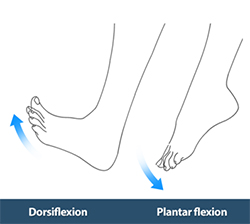
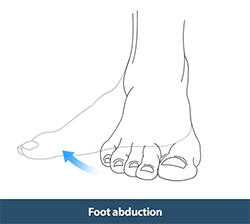
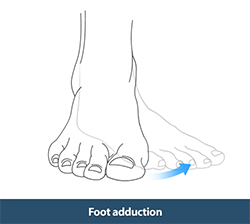
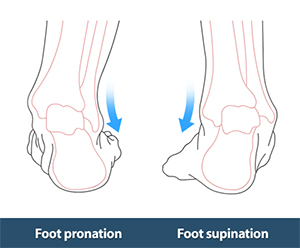
Special tests
In addition to the above mentioned tests, your doctor may perform some special tests for diagnosing certain conditions. These special tests include:
- Achilles Tendon test
- Thomson's (Simmond's) test
- Achilles tendon test: For this test, you will be asked to kneel down with both knees on a chair. Your doctor will feel the Achilles tendon for any soft tissue swelling or tenderness. If the Achilles tendon has ruptured, it can be felt as a distinct gap in the tendon at about 5cm away from its calcaneal insertion.
- Thomson's (Simmond's) test: In this test, compression of the calf area slightly away from the point of maximum circumference is done. Plantar flexion can occur only when the Achilles tendon is intact.
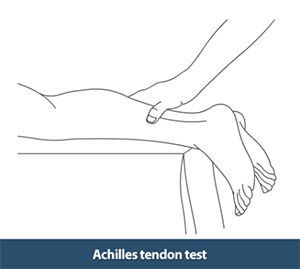
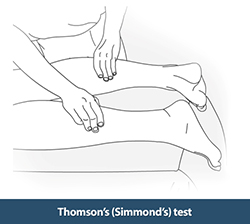
Special muscles tests
Tibialis anterior test: In this test, the calf above the ankle is stabilized with one hand while exerting pressure in plantar flexion and eversion on the dorsum of the foot with the other hand.
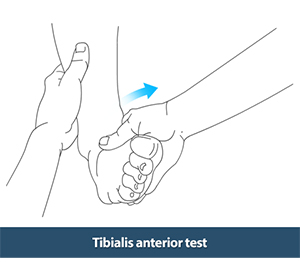
Tibialis posterior test: In this test, the foot of the patient is turned or supinated from a lateral position.
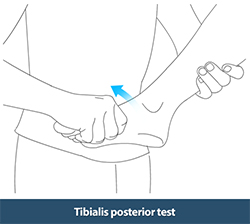
Tests for Peroneal tendons
The peroneal tendons (fibrous tissue that attaches muscle to a bone) are two tendons of the foot that run side-by-side behind the outside bone of the ankle. One tendon runs under the foot and attaches near the arch, while the other attaches to the outside of the midfoot. These two tendons are responsible for supporting the foot and ankle and protecting them from injury.
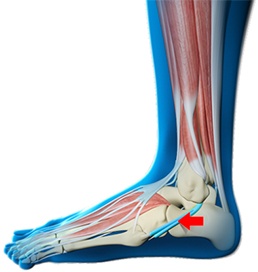
The diagnosis of peroneal tendon injury is made through physical examination of foot to look for pain, instability, swelling, warmth, and weakness on the outer side of the ankle. Peroneal tendon stability test is done to assess the stability of peroneal tendons. In this test, the patient is asked to evert the foot against resistance. The doctor holds the foot with one hand and feels the peroneal tendons with the other hand to determine if the tendons are popping out of place.
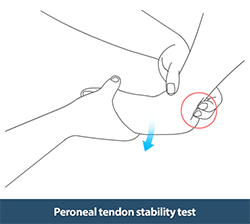
Assessment of Plantar Fascia
Plantar fascia is a thick band of tissue that lies at the bottom of the foot. It runs from the heel bone to the toe, and forms the arch of your foot. Plantar fasciitis, inflammation of the plantar fascia is the most common cause of pain on the bottom of the foot near the heel.
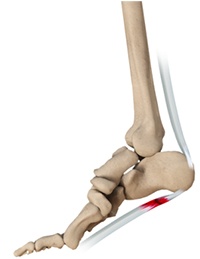
To diagnose plantar fasciitis, your doctor will perform a physical examination. During the physical examination, your doctor will check for tenderness on the bottom of your foot, flat feet or high arches, foot swelling or redness, and stiffness or tightness of the arch in the bottom of your foot.
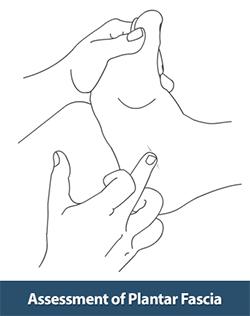
Physical examination of the foot and ankle is an essential assessment tool in the detection of foot and ankle disorders. An attentive and orderly method of examination helps your doctor to prepare an appropriate treatment plan.
